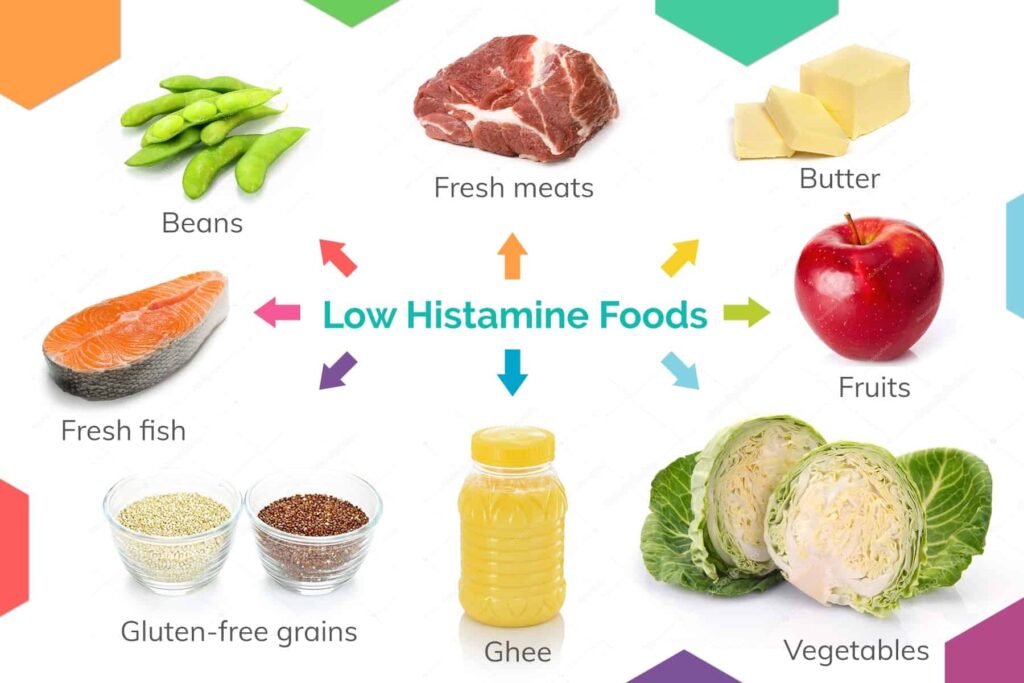Education
11/03/2025
Two CME Courses Prepare Health Care Providers to Help Patients With Alpha-Gal Syndrome
Alpha-gal syndrome (AGS) is a severe, life-threatening allergy that can develop after a tick bite. There are an estimated 450,000 people suffering from alpha-gal syndrome in the United States.



